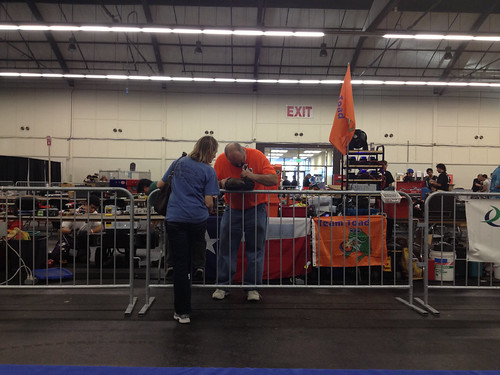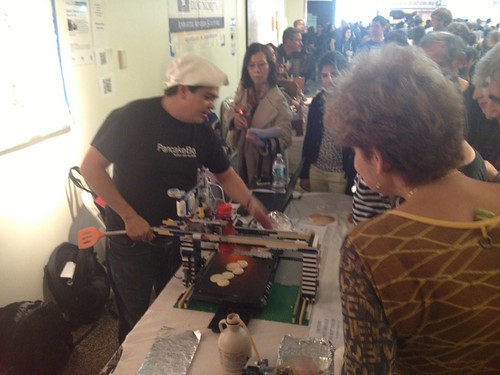
RoboGames is now accepting registration for the 2013 competition which will be taking place on April 19-21 in San Mateo, California. Registration deadline is April 1. They’ve also put out a call for papers, demos and talks for the academic symposium with a submission deadline of March 16.
Another related— and very important —event to register for now is BarBot, which will be held in San Francisco on March 1-2. This cocktail robotics exhibition is an amazing amount of fun, and serves as a fundraiser for RoboGames. Registration ends on February 22 for BarBot entries, so it’s now time to get to work on your advanced fluid handling systems!

At RoboGames, robot builders are rockstars and heroes. It’s one of the few places in our society where engineering and technical ingenuity is exalted in a way that is usually reserved for sports and movie stars. It is open to anyone to participate, and the community of robot builders is incredibly welcoming. They provide huge amounts of information and advice to new and experienced robot builders. There are over 50 different events to compete in, so there is a robot type for everyone. And it’s not just combat: There’s robot soccer and sumo, navigation and weightlifting, painting and climbing, firefighting and hockey, maze solving, and the all-important bartending event.

If you have ever thought about building a robot, now is the time. Build your bot and bring it to RoboGames, and maybe soon you’ll be the one autographing robot parts for admiring fans!
Update 1/23/2013: BarBot tickets are now on sale!
Photo credits: Last Rites and the Electric Boogaloo by Annie Blumenberg (CC-BY-ND), Yellow art robot by Patrick Giblin (CC-BY-NC).

























